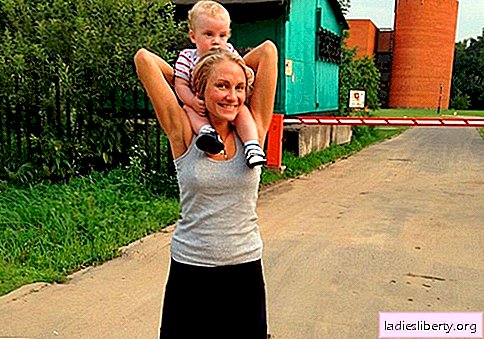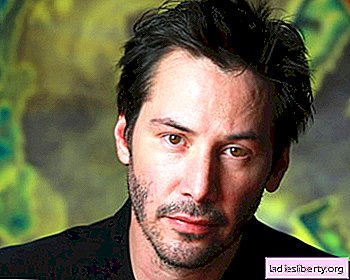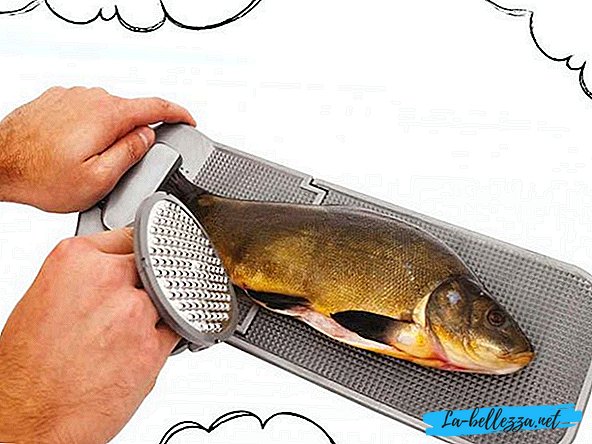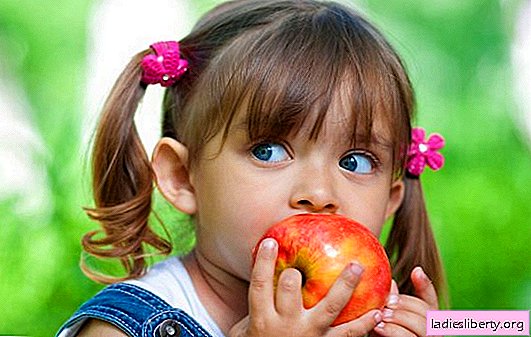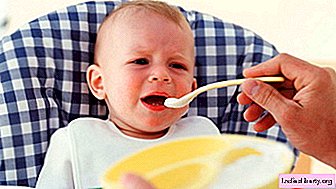
Under the dysbiosis understand the violation of the composition and properties of the intestinal microflora. That is, the appearance of this painful condition in a child indicates that a disturbance in the balance of beneficial and harmful bacteria occurred in his body.
A decrease in the amount of beneficial microflora leads to the rapid multiplication of pathogenic microorganisms and the development of putrefactive or fermentative flora, fungi, mainly of the Candida type, the intestine is colonized by microorganisms that are normally uncharacteristic for it. This leads to the development of inflammatory processes in the baby's body: prolonged allergic reactions, dysfunction of the intestine, liver, pancreas, etc.
Dysbacteriosis in children - causes
- the use of antibiotics;
- late application of the baby to the mother’s chest;
- early transfer of the baby from breastfeeding to artificial feeding;
- acute and chronic gastrointestinal diseases;
- treatment with immunosuppressants, radiation therapy;
- adverse environmental conditions;
- stress, frequent colds, passive inhalation of tobacco smoke, malnutrition.
Symptoms of dysbiosis in children
Most symptoms of dysbiosis are not specific and may belong to any other gastrointestinal disorder. However, there are certain signs that make it possible to suspect a violation of the intestinal microflora. First of all, we are talking about frequent disorders of the stool, cramping pains and bloating, mucus and residues of undigested food in feces, flaky skin, bleeding gums. You can also suspect a violation of the balance of bacteria in the intestines in the presence of exfoliating nails and brittle hair, poor appetite, bad breath, dark plaque on the teeth, atopic dermatitis.
Methods of treating dysbiosis in children
Dysbacteriosis is a disorder associated with many diseases. This means that, in order to begin therapeutic measures to eliminate it, you must first take measures to establish the cause of weakening in the intestines of the positions of beneficial bacteria.
Depending on the cause of these violations, treatment is prescribed by a pediatrician, gastroenterologist, allergist or infectious disease specialist. To treat this disease, the doctor may prescribe drugs made on the basis of living microorganisms. Today there is a huge variety of such medicines, but only a doctor can make a decision on the advisability of prescribing such a biological product to a baby.
Of great importance in treating a child in this case is a proper diet. In the case of babies, the main thing is to maintain as long as possible breastfeeding. If it is not possible to feed the baby only with breast milk, you should try to do this at least partially. Older children need nutritional correction, which should provide a protective intestinal microflora (bifidobacteria and lactobacilli) with the energy necessary for growth and active life.
First of all, to restore microflora it is very useful to include foods with a high content of plant fibers and dairy products in the diet. Also, in the presence of acute diarrhea, which are caused by infections and taking antibiotics, treatment can be carried out using probiotics with bifidobacteria or lactobacilli.
However, after the end of the acute period and treatment with probiotics, it is necessary to provide the child with a lifestyle in which there will be no place for factors provoking dysbiosis.



